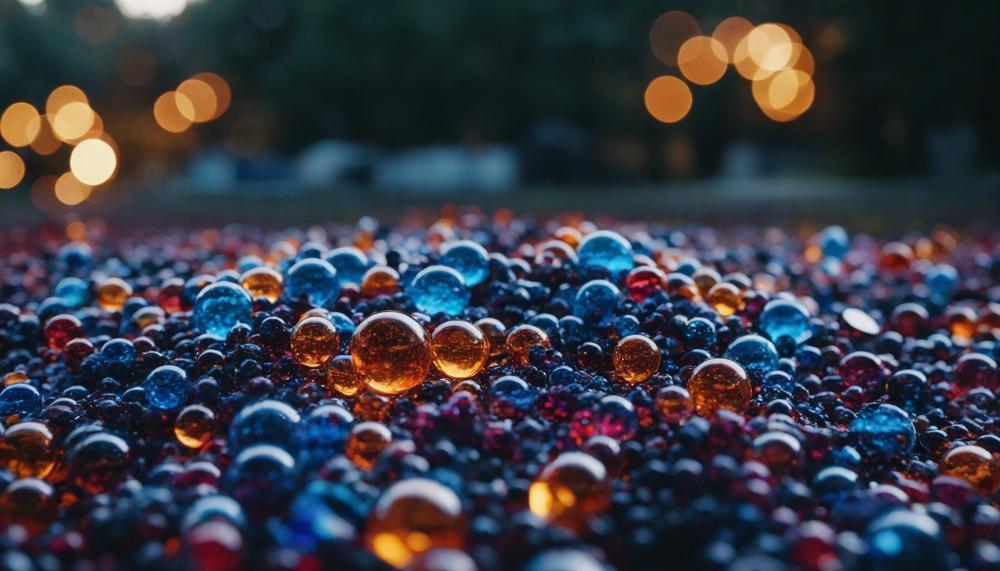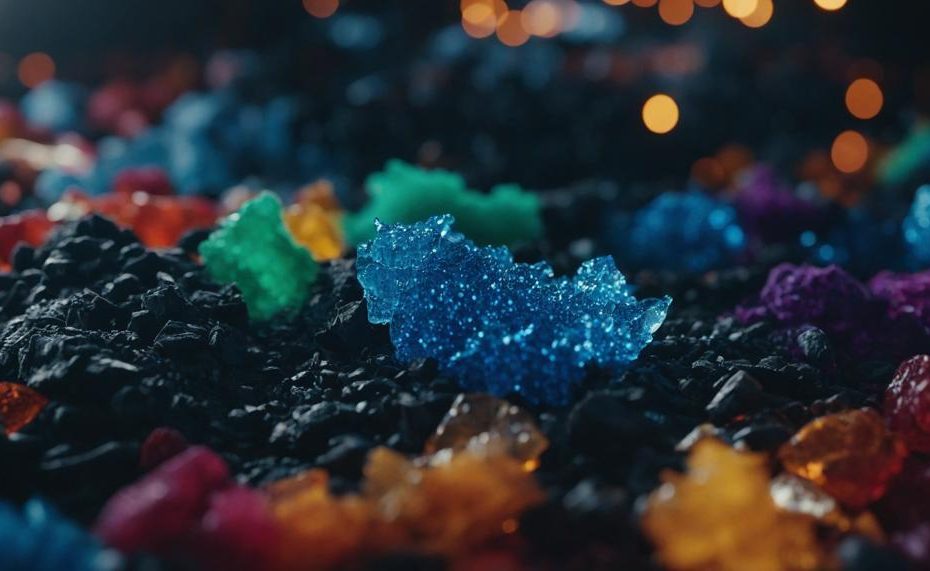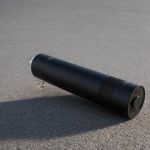If you’ve ever dabbled in the world of DIY dyeing, you’ve likely encountered Rit dye—a beloved choice for transforming fabrics, wood, and wicker into vibrant works of art. But once your project is complete, you might wonder, “How should Rit dye be disposed of?” The good news is that Rit dye disposal is straightforward and safe for the environment.
Rit dye, a staple since 1918, is formulated with safe ingredients like acid, disperse, and direct dyes, alongside sodium chloride. Its non-toxic nature means it won’t harm your plumbing or septic system, allowing you to simply flush it down the toilet. This ease of disposal ensures that anyone can enjoy creative dyeing without worrying about environmental impact.
Here’s what you’ll learn in this article:
- Step-by-step disposal instructions to ensure you handle Rit dye safely and responsibly.
- Environmental benefits of Rit dye’s non-toxic formula.
- Safety tips to keep your home and local ecosystem protected.
Understanding the proper disposal of Rit dye not only keeps your home safe but also contributes to broader environmental health. Let’s dive into the details to ensure you can dispose of your leftover dye with confidence and ease.
Contents
Step-by-Step Safe Disposal of Rit Dye
To safely dispose of Rit Dye, follow these detailed steps to ensure environmental safety and compliance with any specific instructions provided on the label.
| Step | Description | Details |
| Check the Label | Read the label for specific disposal instructions. | The label may contain unique disposal recommendations that should be followed. |
| Gather Materials | Collect all necessary disposal materials. | You may need gloves, a dust mask, and a neutralizing agent like baking soda. |
| Safety Attire | Wear appropriate safety attire. | Ensure you have gloves and a dust mask to protect yourself from any potential exposure. |
| Select Disposal Spot | Choose an appropriate disposal area. | Select a location away from children, pets, and food preparation areas. |
| Prepare Area | Prep the disposal area. | Lay down protective coverings if needed and keep all materials within reach. |
| Neutralize Dye | Neutralize the Rit Dye. | Add a neutralizing agent such as baking soda to the dye before disposal. This helps to neutralize any potential acidity. |
| Test pH Levels | Check the pH value. | Test the pH of the neutralized dye to ensure it is safe to dispose of. Aim for a neutral pH of around 7. |
| Disposal | Dispose of the neutralized dye. | You can safely flush the neutralized dye down the toilet or drain. Ensure it is well-diluted with water. |
| Clean Up | Remove and dispose of safety attire. | Carefully remove gloves and mask, and wash your hands thoroughly. |
Where else can you use the dye after use?
Rit dye, after its primary use, can indeed find new life in various creative applications. Here are some notable ways to repurpose it:
Wood Dyeing
:
- Application: Use Rit dye to stain wooden items, bringing out the natural grain with vibrant or subdued hues.
- Benefits: Provides a unique, artistic finish that traditional wood stains might not achieve.
- Example: Ideal for DIY furniture, wooden ornaments, or even wooden kitchen utensils.
Plastic Dyeing
:
- Application: Dyeing plastic items like toys, buttons, and decorative pieces.
- Benefits: Offers a quick and easy way to refresh or customise plastic objects.
- Example: Great for giving old toys a new look or creating custom buttons for sewing projects.
Synthetic Material Dyeing
:
- Application: Suitable for items made of synthetic fibres, such as polyester or nylon.
- Benefits: Can revive faded synthetic garments or customise new ones.
- Example: Excellent for workout clothes, costumes, and accessories.
Dyeing Natural Materials
:
- Application: Effective on natural materials such as corks, dried flowers, corn husks, pinecones, feathers, and sand.
- Benefits: Adds colour to natural decor items without masking their natural texture.
- Example: Perfect for crafting projects, seasonal decorations, and floral arrangements.
Advanced Techniques for Safe Disposal of Fabric Dyes
Proper disposal of fabric dyes is vital to safeguard both human health and the environment from harmful chemicals.
Fabric dyes contain a mix of toxics, acids, bases, and oxidizers that, if improperly discarded, can lead to soil and water contamination, posing serious ecological and health risks.
Below are some advanced techniques for safely disposing of fabric dyes:
Chemical Neutralization
:
Neutralizing dyes before disposal is crucial. Acids can be neutralized with bases and vice versa. This process reduces the reactivity of chemicals, making them safer for disposal. For example, adding a weak base like baking soda to acidic dyes can neutralize them effectively.
Use of Waste Disposal Services
:
Utilize services provided by Environmental Health andamp; Safety (EHandamp;S) or similar organizations.
They offer chemical/hazardous waste pickup services, ensuring dyes are handled and disposed of in compliance with regulations. These services prevent the release of toxic substances into the environment.
Solidification Techniques
:
Convert liquid dye wastes into a solid form using absorbent materials like clay or sawdust. Solidified waste can then be disposed of in designated hazardous waste landfills, reducing the risk of leaks and contamination.
Advanced Filtration Systems
:
Implement filtration systems to remove dyes from wastewater before disposal. Techniques such as activated carbon filtering or reverse osmosis can effectively capture dye particles, allowing the treated water to be safely discharged or reused.
Chemical Precipitation
:
Adding specific chemicals can cause dyes to precipitate out of solution, forming a solid that can be filtered out and disposed of as hazardous waste. This method reduces the dye concentration in wastewater, minimizing environmental impact.

Biodegradation
:
Some advanced systems utilize microorganisms to break down dyes into less harmful substances. Biodegradation is an eco-friendly method that leverages natural processes to neutralize dyes.
Consultation with Experts
:
Engage with Safety Coordinators or EHandamp;S for guidance on safe disposal practices tailored to the specific dyes and chemicals in use. They can provide resources and recommendations for handling and disposing of hazardous materials properly.
Why Safe Disposal Matters
Safe disposal of fabric dyes is essential for protecting water sources, soil, and ecosystems from contamination. Harmful chemicals in dyes can disrupt aquatic life, affect plant growth, and pose health risks to humans through exposure and consumption. Proper disposal practices help to:
- Prevent Environmental Pollution: Reduces the risk of chemicals leaching into soil and waterways, preserving natural habitats and biodiversity.
- Protect Public Health: Minimizes exposure to toxic substances, safeguarding communities and reducing the risk of health problems.
- Ensure Compliance with Regulations: Adheres to environmental laws and regulations, avoiding potential fines and legal issues.
For detailed information on disposal regulations and services, visit EPA’s Household Hazardous Waste Guidelines.
| Technique | Description | Benefits |
| Chemical Neutralization | Neutralizes reactive chemicals in dyes using opposite substances. | Reduces reactivity, making dyes safer for disposal. |
| Waste Disposal Services | Utilizes professional services for hazardous waste pickup. | Ensures compliant and safe disposal of toxic materials. |
| Solidification Techniques | Transforms liquid waste into solid form using absorbents. | Minimizes risk of leaks and environmental contamination. |
| Advanced Filtration Systems | Filters dyes from wastewater using technologies like reverse osmosis. | Reduces dye particles, allowing safe water discharge or reuse. |
| Chemical Precipitation | Adds chemicals to precipitate dyes out of solution. | Decreases dye concentration in wastewater. |
| Biodegradation | Utilizes microorganisms to break down dyes. | Eco-friendly method that neutralizes harmful substances naturally. |
| Expert Consultation | Engages with safety experts for tailored disposal advice. | Ensures safe and compliant handling of hazardous materials. |
Conclusion
Disposing of Rit dye is straightforward and environmentally friendly, making your DIY projects even more satisfying.
Rit dye’s non-toxic formula ensures it’s safe for plumbing and septic systems, allowing you to simply flush it down the toilet. This ease of disposal comes with a few safety measures: always check the label for specific instructions, wear protective gear, and neutralize the dye with baking soda to ensure a neutral pH before disposal.
By following these steps, you can confidently dispose of leftover dye, knowing you’re protecting both your home and the environment.





